News
Ten Common Myths about Freediving

Have you ever watched the end of an underwater natural history programme on TV, and seen the ‘making of’ section? It’s where the producers give you a view of how some of the documentary was filmed. Videographers are realising that freediving is the key to capturing footage of some of the larger creatures that move between the depths and the surface. I have watched many of these tail ends, and yet I still haven’t seen one where the camera person is making the most of their freediving potential. If they did, they may be able to spend hours or days on a shoot, instead of weeks or months. An extra 30 seconds underwater can make all the difference between a brilliant sequence and nothing but blue water. The same philosophy applies to the stills photographer.
 Underwater photographers typically learn their art on SCUBA equipment, and it’s a common opinion that SCUBA diving is much more advanced than freediving. As a result, not all would-be freedivers with SCUBA experience go to the trouble of taking a training course, or even reading a training manual on the subject of freediving. The argument for doing this is (at least in part) a series of common myths. I have picked out what I believe to be the top 10 of these, and taken an alternative view, based on my experiences of freediving and SCUBA.
Underwater photographers typically learn their art on SCUBA equipment, and it’s a common opinion that SCUBA diving is much more advanced than freediving. As a result, not all would-be freedivers with SCUBA experience go to the trouble of taking a training course, or even reading a training manual on the subject of freediving. The argument for doing this is (at least in part) a series of common myths. I have picked out what I believe to be the top 10 of these, and taken an alternative view, based on my experiences of freediving and SCUBA.
These myths of course, may well be shared by non-SCUBA divers and those that don’t use underwater photography equipment. Read on, and see if there are misconceptions you may have held…
1. Wearing a pair of long-bade fins means you are fully equipped for freediving
I’d be more inclined to suggest that wearing a pair of long-blade fins, if unfamiliar with using a newly purchased pair, makes you fully equipped for experiencing calf cramp! Unlike their SCUBA cousins, freediving fins come in different stiffness grades for different physiques. Buy a pair that are too stiff, and your legs won’t thank you. Of greater significance, is overlooking performance gains from using the full armoury of freediving equipment available. An open-cell freediving suit will ease your progress through the water, a ‘Marseilles’ weight belt will allow you to breathe more deeply, and the correct snorkel type will minimise drag. Some items only add minor benefits, but when combined, the sum of the various parts can make a substantial difference.
2. There’s no need for anyone else in the water to keep an eye on you
Anyone who holds their breath underwater introduces the risk of shallow water blackout. Anyone who experiences shallow water blackout on their own dies. There are very, very few exceptions to this. This is reason enough to freedive in pairs, but there are numerous other benefits that another pair of eyes and hands bring. The old counterargument here is, “I don’t hold my breath long enough or dive deep enough to experience black out”. Similarly, the Russian roulette player could argue, “I don’t put enough bullets in my pistol for it to fire each time”.
 3. You won’t have time to stretch or prepare your breathing before getting in the water
3. You won’t have time to stretch or prepare your breathing before getting in the water
I never have time to update my status on Facebook, yet I do seem to make time to eat my breakfast in the mornings. We make time to do the things that need priority. We all know the benefits of stretching muscles before use, and reducing the likelihood of injury. But did you know that certain stretches can help with equalisation? Or that breath hold pre-conditioning delivers benefits for up to 10 minutes or so? If you are bouncing around in a RIB on the way to somewhere and you need to get into the action quickly, I appreciate there’s a challenge…but equally there is always a compromise, to whatever degree.
4. It’s more important than anything else to find a way of holding your breath for longer
Attend a freediving competition, and you may change your mind on this. Most pool-based competitions (did you know that the majority of freediving competitions are held in swimming pools?) have a ‘static’ breath hold discipline. You just hold your breath for as long as possible. The ‘dynamic’ discipline means swimming as far as you can in distance. You would expect the athletes with the longest breath hold times to be the longest distance swimmers. Occasionally that happens, but most times not. The best dynamic athletes just have the most efficient style and performance. And here’s the rub – breath hold ability takes time and gradual improvement. One aspect of bad style can often be corrected in an hour’s training session, and bring about significant improvement. From what I see of our wildlife photographers on television, there’s plenty of technique improvement possible for the vast majority.
5. Hyperventilating seems to be helpful
To send you to a watery grave, yes. Remember that shallow water blackout I referred to earlier? Hyperventilating makes that process a whole lot easier. It’s all about ‘blowing’ carbon dioxide out of the blood stream, and relaxing the urgency to want to breathe. At the same time, a number of other physiological processes happen, which reduce the amount of oxygen reaching the brain. So add the two effects together, and the lights can go out while you may think you are well within your comfort zone.
6. Surface floatation devices have no practical use for the freediver
Unless of course you want something to attach a dive flag to, deposit your snorkel inside (if the float has an inside), rest on after your dive, attach a weighted line to so that you dive downward in a straight line, or simply increase your visibility to your boat cover.
7. Using a weight belt is unnecessary and slows you down
Perhaps I’m cheating here – I must admit I haven’t actually heard anyone saying this, unlike most of the other myths. But from what I see, most inexperienced freedivers either don’t wear a belt, or more commonly don’t attach enough lead. They then use most of their energy fighting buoyancy throughout the dive. It’s probably another overspill from SCUBA diving, where experienced SCUBA divers wear as little lead as possible. I certainly don’t advocate overweighting, but the more neutral you attain your buoyancy, the more efficient your forward motion. Of course, adding lead isn’t the only solution – a little more depth will reduce buoyancy, as will a little less air in the lungs (with the emphasis on ‘little’). But you should be wearing a wetsuit, and therefore some ballast will be necessary. Body builders who refuse to wear wetsuits – you win the argument in this instance.
8. Freediving means getting closer to marine life and making physical contact
I think it’s fair to say that most of us overstep the mark here now and again, and get closer to wildlife than we should. The wildlife documentaries don’t set a good example, especially the sensationalist ones where we see the presenter wrestling with a large reptile. Just getting into the water and entering a wild animal’s territory is having some form of impact, so none of us are squeaky clean. I try to adopt the principle of the 3 R’s – Research, Regulations, and Respect. There’s no excuse for not finding out about the animal you are studying or filming, and I believe (or hope) that most of us do at least some research beforehand. But what are the legal regulations and recommendations about your presence? These should be observed too, as they are there for good reason. Beyond these two principles is the straightforward respect and commonsense we should apply. One particular type of image I am seeing now and again, is that of an oceanic shark with a freediver dangling from its dorsal fin. Has the shark given out a secret signal to say they would quite like to do this? Is there a hidden benefit to that particular shark, or the species as a whole from this activity? Or is it just ego and bravado on the part of two humans, encouraging others to do likewise until the inevitable accident occurs, and a retaliatory cull then ensues? Before you interact with wild creatures, ask yourself a few questions, and make sure you have good answers. Not to avoid fines or jail sentences, but in the interests of protection and conservation.
9. You have the flexibility to SCUBA dive in the morning followed by freediving in the afternoon
SCUBA diving causes nitrogen to dissolve into the blood and tissues, and takes some hours after the dive to be completely eliminated. You SCUBA people know this; it’s why you don’t fly until your dive computer clears. However, you can quite happily dive again an hour or so after your first SCUBA dive. This is because the dive tables and computer algorithms take into account your previous compression, and apply a penalty. There are no freediving tables (at least not yet), so the act of recompressing by freediving is not possible to assess. But it is certain that you won’t be doing a 3 minute safety stop at 5 metres on your freedive, and that you won’t be making a slow ascent either! If you have been on a liveaboard in the past, mixed SCUBA and freediving, and avoided decompression sickness…count yourself lucky.
 10. You won’t need a training course to teach you advanced snorkelling
10. You won’t need a training course to teach you advanced snorkelling
If nothing you have read so far has been unknown to you, even then I would recommend being properly trained in freediving. You have the opportunity to gain recognised certification, have your technique analysed and corrected, gain full understanding of safety aspects and issues (I have only scratched the surface here), and meet other like-minded people. You might even have fun as well.
Blogs
TRAVEL BLOG: Jeff Goodman Dives SOMABAY, Part 3

Today we are diving one of the outer reefs from an inflatable. As we reach the bottom, a reef octopus eases its way into the cover of a small crack in the coral while displaying it’s incredible ability to change colour. They are arguably one of the most charismatic of reef dwellers and it is always exciting for me to simply hover and watch. I would have spent longer and waited for it to come and investigate me, but as dive time is limited we wanted to move on and find a turtle.

The waters around Somabay are well protected and hold a rich variety of marine life. The reef edges are thriving colonies of coral and shoaling fish, while nearer the sea bed plenty of wildlife is still to be found.
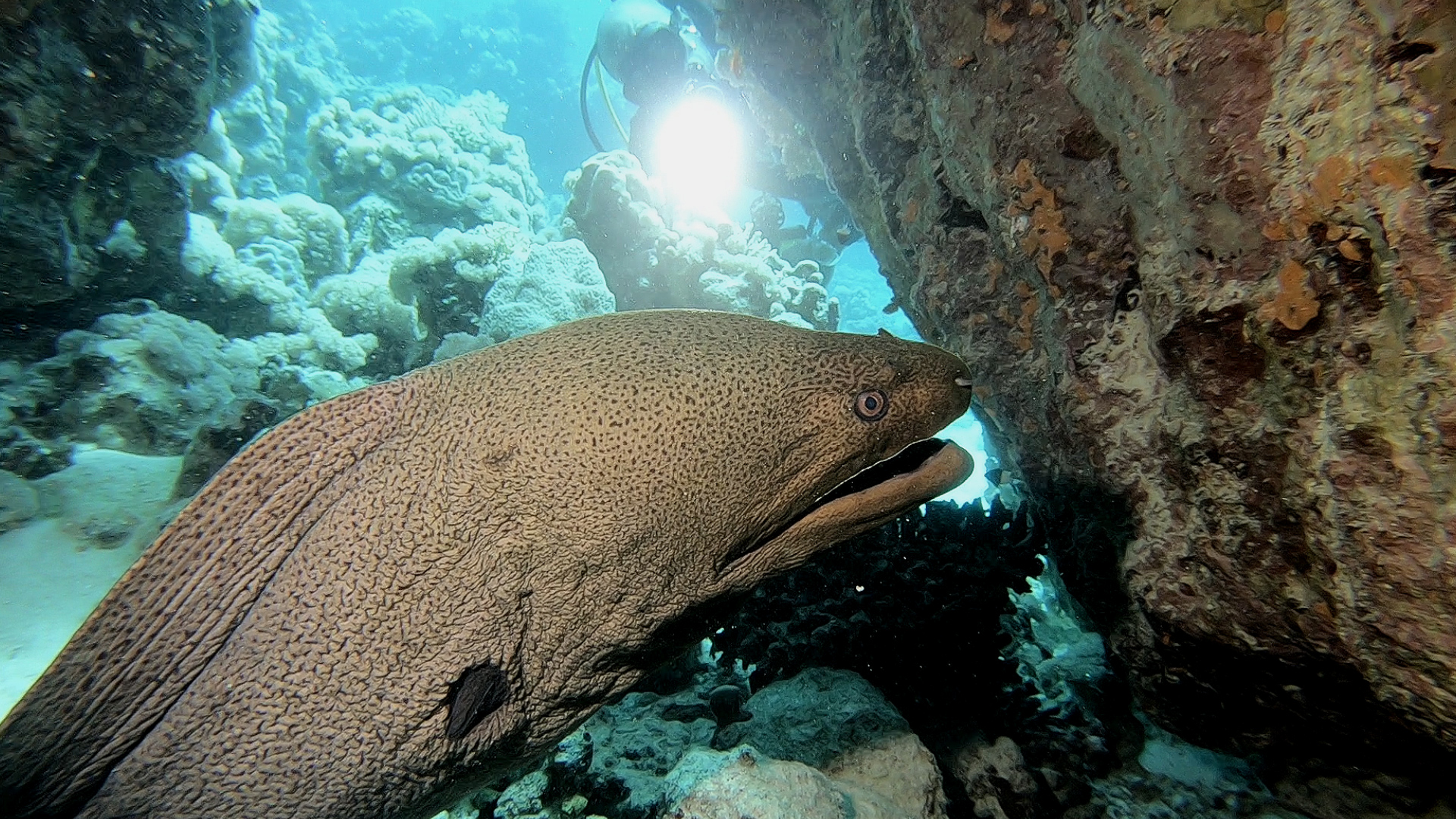
Then we located the turtles. They are very used to divers and so show little concern when slowly approached. In fact occasionally one will come over to see what you are doing. There is always huge excitement when diving with a turtle. The shear thrill of sharing a moment with another species.

What a fantastic way to finish a wonderful few days diving and I would like to thank SOMABAY, ORCA DIVING and THE BREAKERS for making my stay such a good one.
I had a great time, with diving everyday either on the house reef or on one of the offshore reefs by inflatable or larger day boat. Orca diving provided high quality equipment and facilities while the staff were all very friendly and welcoming. The Breakers was right on the coast with nice rooms, good food and once again friendly staff making the whole trip a real pleasure.

Soma Bay covers an entire peninsula and is home to several resorts as well as residential compounds.
As well as scuba diving, Somabay caters for many other sports and activities, and so is perfect for families as well as individuals and/or groups. And of course there is always time to lay peacefully on the beach under the Egyptian sun.
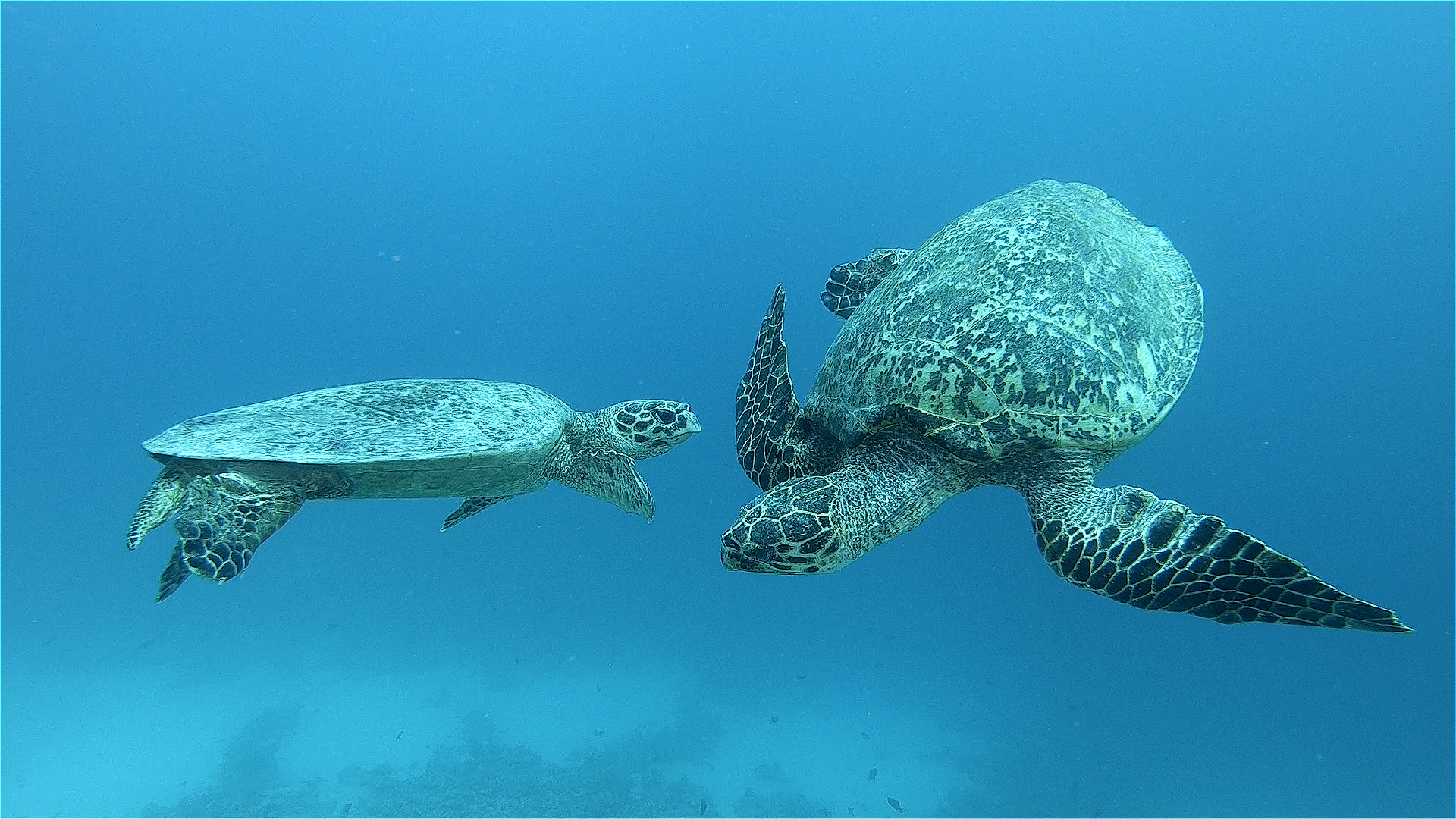
Book your next Red Sea dive adventure with SOMABAY! For more information, visit www.somabay.com.
Stay at the Breakers Diving & Surfing Lodge when you visit! For more information, visit www.thebreakers-somabay.com.
Find out more about ORCA Dive Clubs at SOMABAY at www.orca-diveclubs.com/en/soma-bay-en.
Blogs
TRAVEL BLOG: Jeff Goodman Dives SOMABAY, Part 2
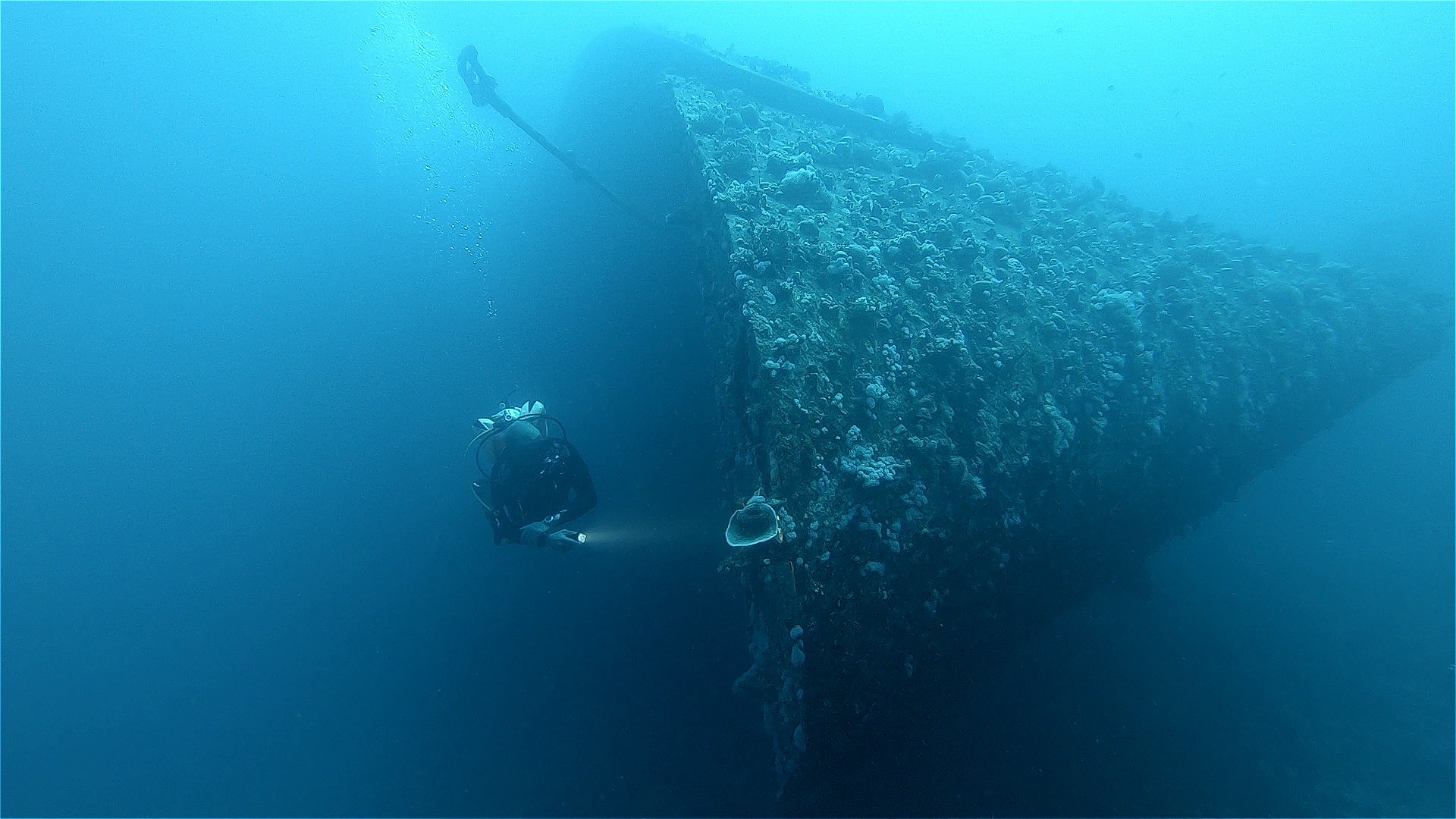
Day three of my trip to Somabay and we were spending the day on the Lady Christina and diving on the wreck of the Salem Express.
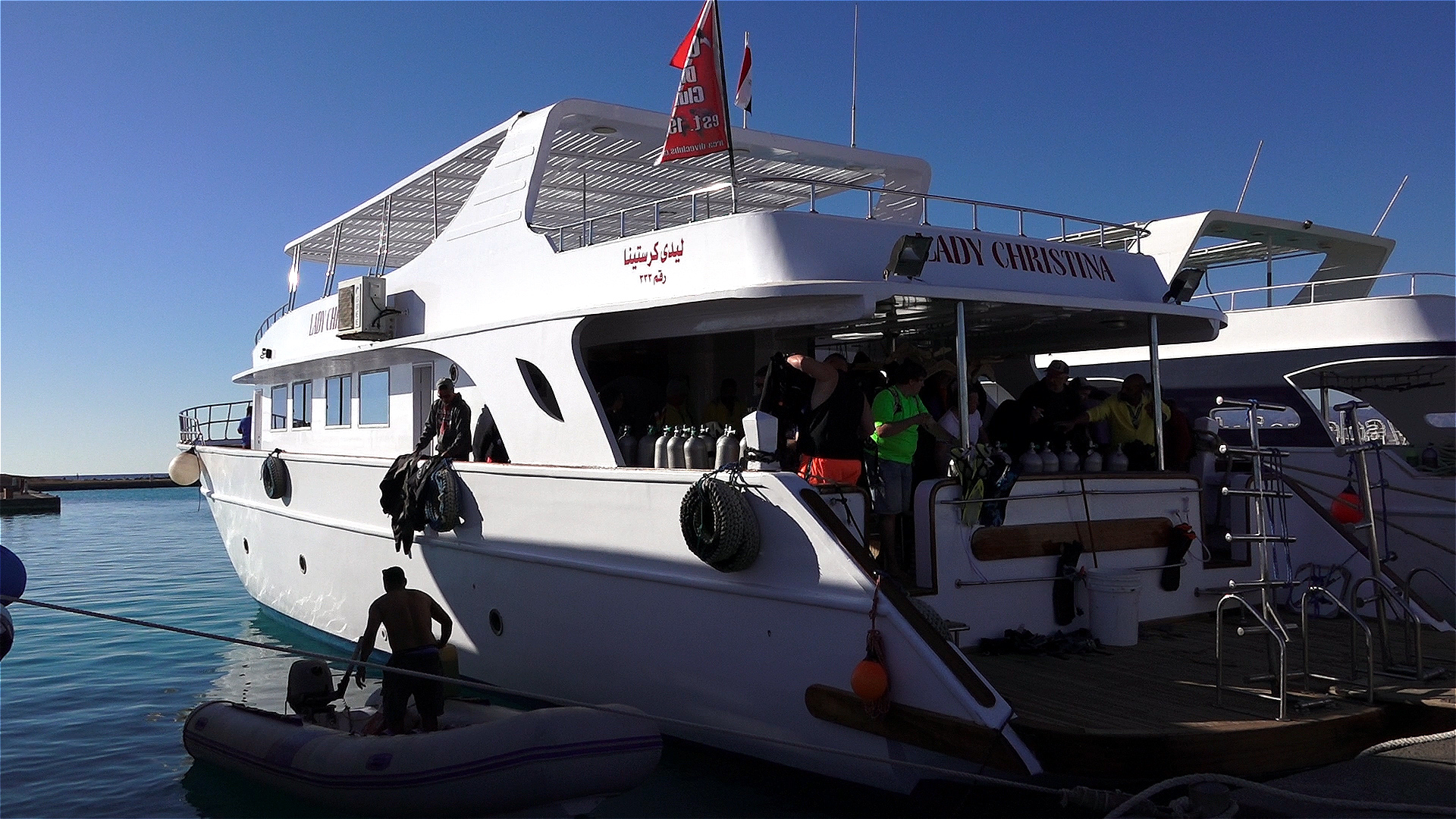
Diving wrecks for me is always one of mixed emotions. The excitement of diving a wreck is more than often tempered by the thought of loss of life when she sank. The Salem Express was a passenger ship and a roll-on/roll-off ferry travelling from Jeddah, Saudi Arabia to Safaga, Egypt. Most passengers were of poor class travelling home from their holidays while around 150 people were returning home from their pilgrimage to Mecca.

The ship struck a reef and sank within 20 minutes. Passengers were trapped below deck and the ship was filled with fear and panic.
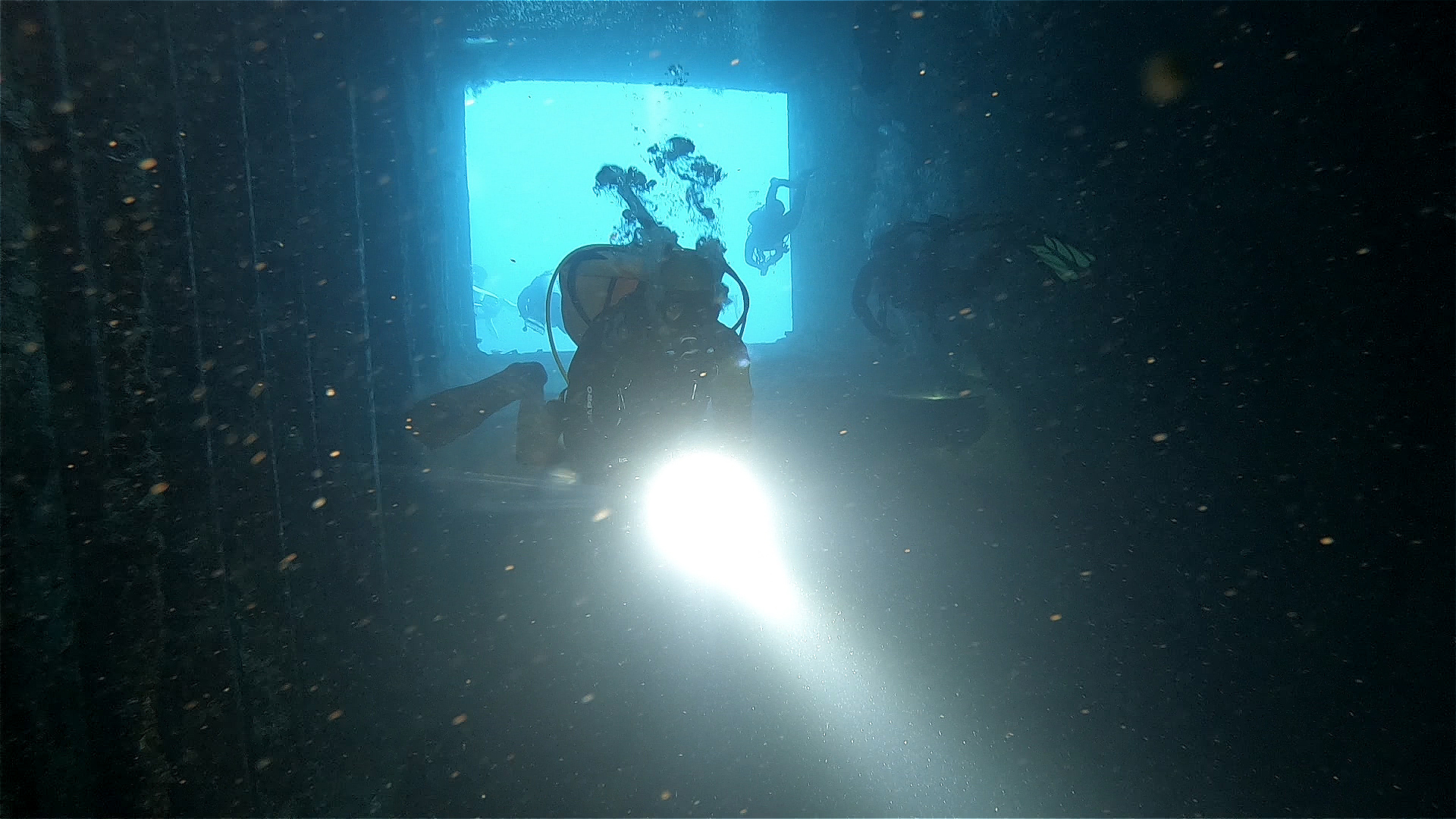
The wreck area is strewn with personal belongings from the crew and passengers such as a transistor radio and a flat iron for clothes. A diver at sometime has put them in a prominent place to be seen.

Tragically only one life boat was launched while the others went down with the ship. More than 600 men, women and children lost their lives here.
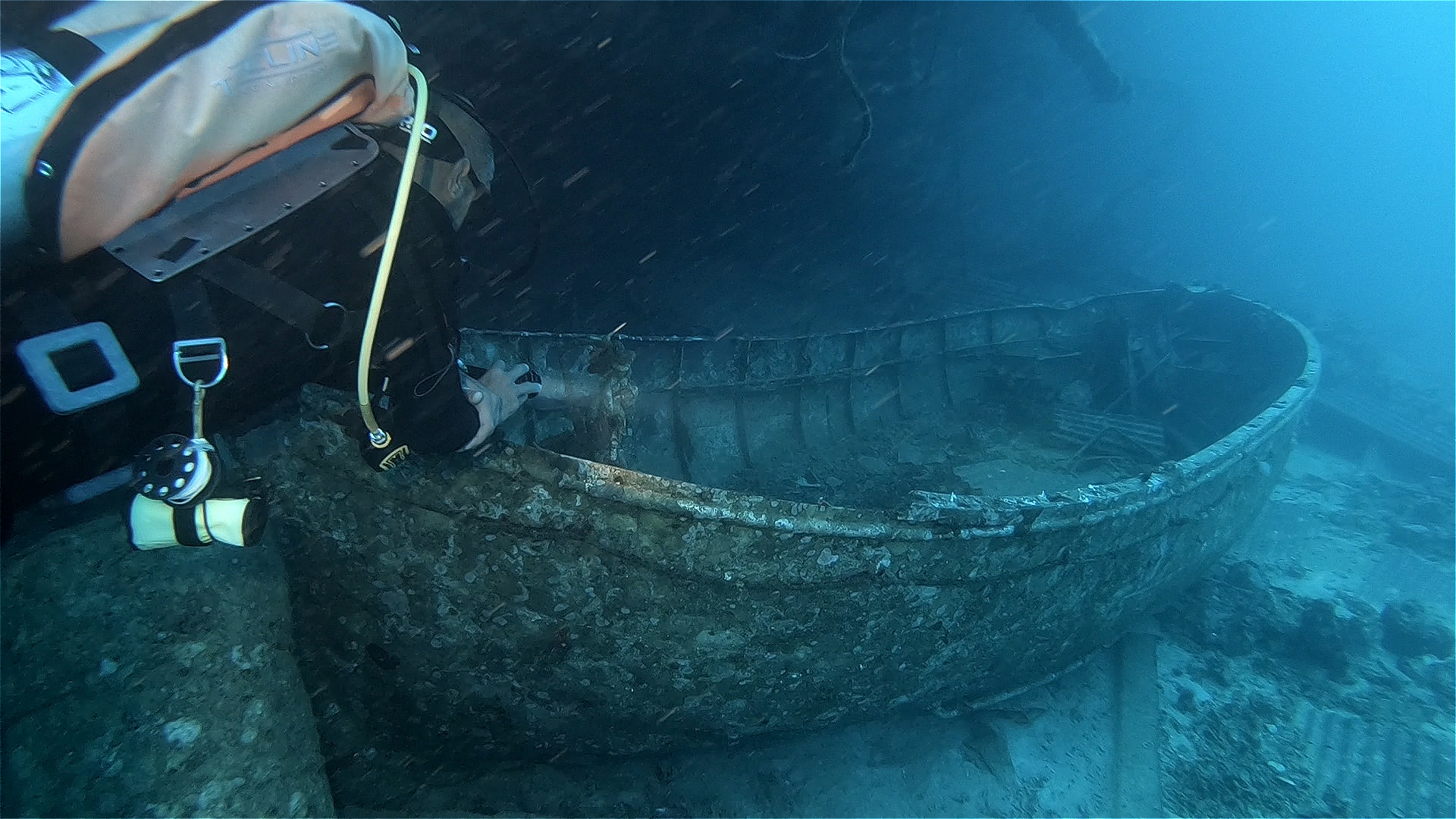
It’s a stark reminder that the sea can be unforgiving and so when we dive on such wrecks we should do so with humble regard.
Returning to the surface, shoals of fish are gathered under our boat and seem to be welcoming us back into the light.
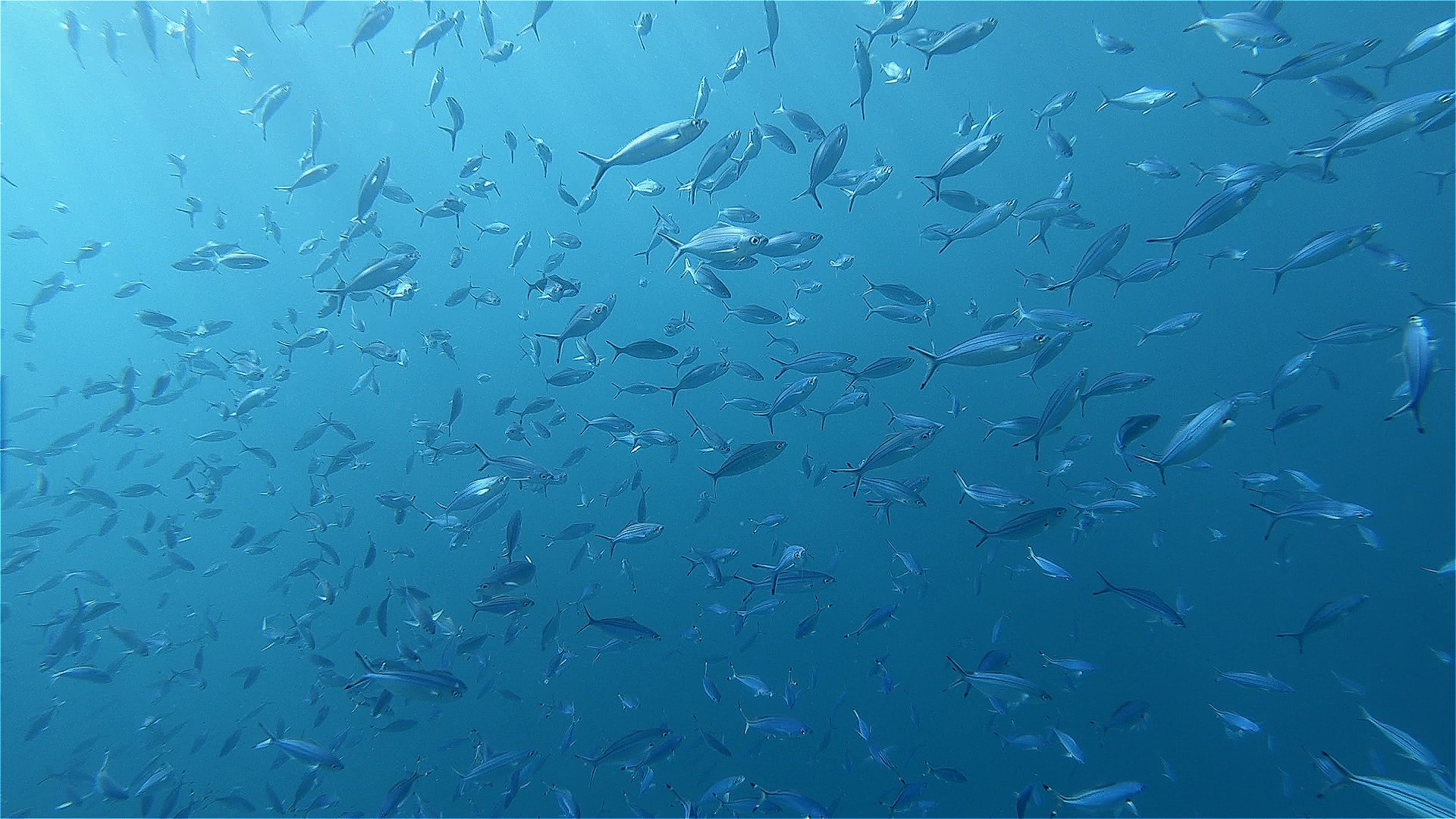
Back at the Breakers I sat in the dining area with a beer and a very good meal while my thoughts still remained with the day’s dive on the Salem Express.
Check in for part 3 tomorrow for Jeff’s last day of diving with Somabay on the off-shore reefs looking for turtles.
Book your next Red Sea dive adventure with SOMABAY! For more information, visit www.somabay.com.
Stay at the Breakers Diving & Surfing Lodge when you visit! For more information, visit www.thebreakers-somabay.com.
Find out more about ORCA Dive Clubs at SOMABAY at www.orca-diveclubs.com/en/soma-bay-en.
-

 News3 months ago
News3 months agoHone your underwater photography skills with Alphamarine Photography at Red Sea Diving Safari in March
-

 News2 months ago
News2 months agoCapturing Critters in Lembeh Underwater Photography Workshop 2024: Event Roundup
-

 Marine Life & Conservation Blogs2 months ago
Marine Life & Conservation Blogs2 months agoCreature Feature: Swell Sharks
-

 Blogs1 month ago
Blogs1 month agoMurex Resorts: Passport to Paradise!
-

 Gear News3 months ago
Gear News3 months agoBare X-Mission Drysuit: Ideal for Both Technical and Recreational Divers
-

 Blogs2 months ago
Blogs2 months agoDiver Discovering Whale Skeletons Beneath Ice Judged World’s Best Underwater Photograph
-

 Gear Reviews2 months ago
Gear Reviews2 months agoGear Review: Oceanic+ Dive Housing for iPhone
-

 Blogs3 months ago
Blogs3 months agoThe Thrilling Encounter with Tiger Sharks at Beqa Lagoon’s ‘The Colosseum’ with Coral Coast Divers




